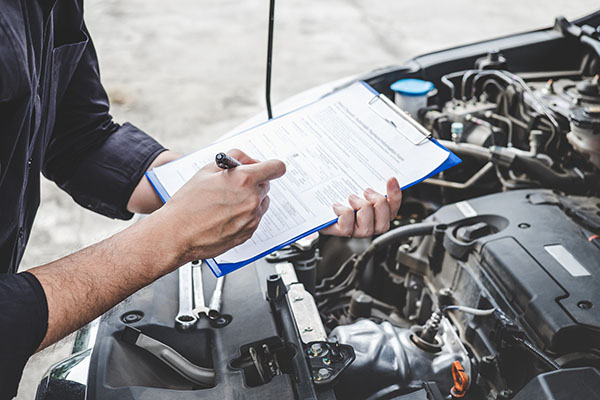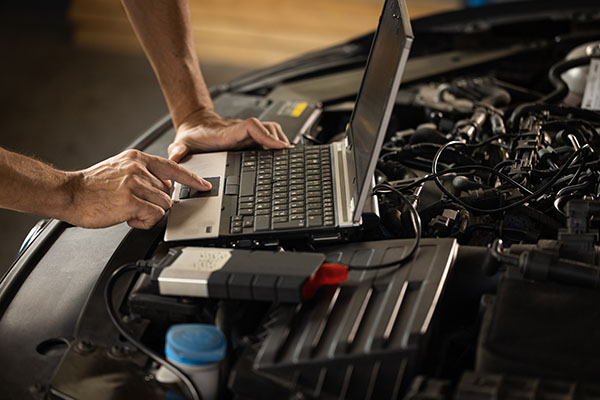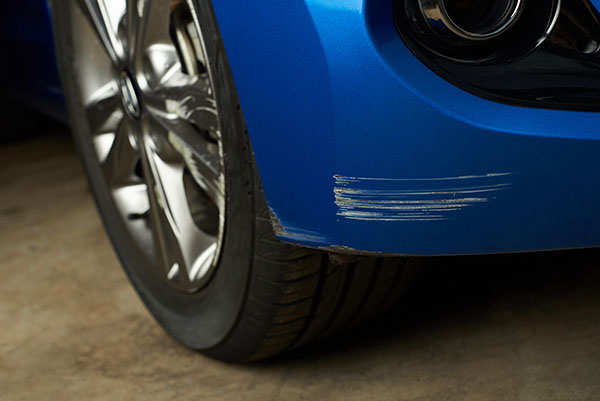Posted on 10/30/2023

Commuting to work just like ordinary, and suddenly, a warning light flickers on the dashboard, sending a surge of anxiety through your veins. Vehicle maintenance might not be the most thrilling aspect of car ownership, but it is undeniably crucial in ensuring the longevity and reliability of your trusted companion on the road. Regularly maintaining your vehicle is a powerful testament to your commitment to its peak performance and safety, rather than just a mere fulfillment of a checklist. Prolonged Vehicle Lifespan Regular maintenance checks and timely servicing can significantly extend the lifespan of your vehicle. Scheduled oil changes, fluid top-ups, and component inspections help prevent the accumulation of wear and tear, ensuring that your ve ... read more
Posted on 9/30/2023

As the leaves change their hues and a crisp breeze fills the air, it's a clear sign that fall has arrived. While you may be thinking about cozy sweaters and pumpkin spice lattes, don't forget to prepare your vehicle for the upcoming season. Just as you swap your wardrobe for warmer attire, your car needs some attention to ensure it navigates the challenges of fall gracefully. Let's explore the convincing reasons why you should consider getting your vehicle serviced for the fall season. Whether it's a trusty Toyota Corolla or a screaming V8 Dodge, it will ensure both your safety and your car's optimal performance as you embrace the autumn adventures ahead. 1. Tire Safety Fall often brings rain and the occasional early frost. Ensuring your tires are in excellent condition with sufficient tread depth is crucial for maintaining traction on slippery roads. A service check can include tire inspection, rotation, and replacement if necessary ... read more
Posted on 8/31/2023

Have you ever looked through a repair shop's service tab and noticed a specific service - the DOT Inspections? Before we start to explain its ins and outs, we have to mention that they are offered only by certain repair centers because they are directly connected to the Departure of Transport (DOT). You can say that these inspections are a sign of quality and professionalism. What are DOT Inspections? DOT inspections, short for Department of Transportation inspections, are a series of thorough examinations conducted on commercial vehicles to assess their roadworthiness, safety, and compliance with federal regulations. These inspections are performed by qualified inspectors to ensure that commercial vehicles are fit for the road and meet specific safety standards. Are There Different Types of DOT Inspections?Level I Inspection This is the most comprehensive DOT inspection, often referred to as the North American Standard ... read more
Posted on 7/31/2023

We've all been there - the dreaded sight of a scratch on our car's pristine surface. Whether it's the result of a stray shopping cart, a careless driver, or a small accident, scratches can be unsightly and frustrating. While professional repairs are an option, you can also have a little bit of fun if you are into DIY projects. Here is a short guide to scratch removal at home: 1. Gather the Right MaterialsBefore diving into the repair process, make sure you have the necessary materials on hand. You'll need:Microfiber towels or soft clothsCar wash soapRubbing alcoholScratch remover compound or polishing compoundWax or sealant 2. Clean the Area ThoroughlyStart by washing your car with special wash soap and water to remove any dirt and grime from the scratched area. Make sure the surface is completely dry before proce ... read more
Posted on 6/30/2023

Just like driving during winter, the summer season also has its road dangers. Luckily, we have made a guide to assist you in this summer's road trips or short commutes and keep you as safe as possible! Continue reading if you want to learn more! Tires, Tires, Tires! Summer has its benefits as well as negatives. One of them is, of course, heat. This means that your car's tires will heat up, causing them to change, especially if you are not using summer tires. Make sure to replace your wheels and rotate them before embarking on a long adventure. Fluids Just like with the tires, fluids undergo changes while under high heat. Everything in your car runs much hotter than usual, meaning that your fluids have to withstand the temperatures. We advise changing the fluids to be done at least once per season to keep everything running smoothly. Battery and Electronics It’s clear that winter ... read more